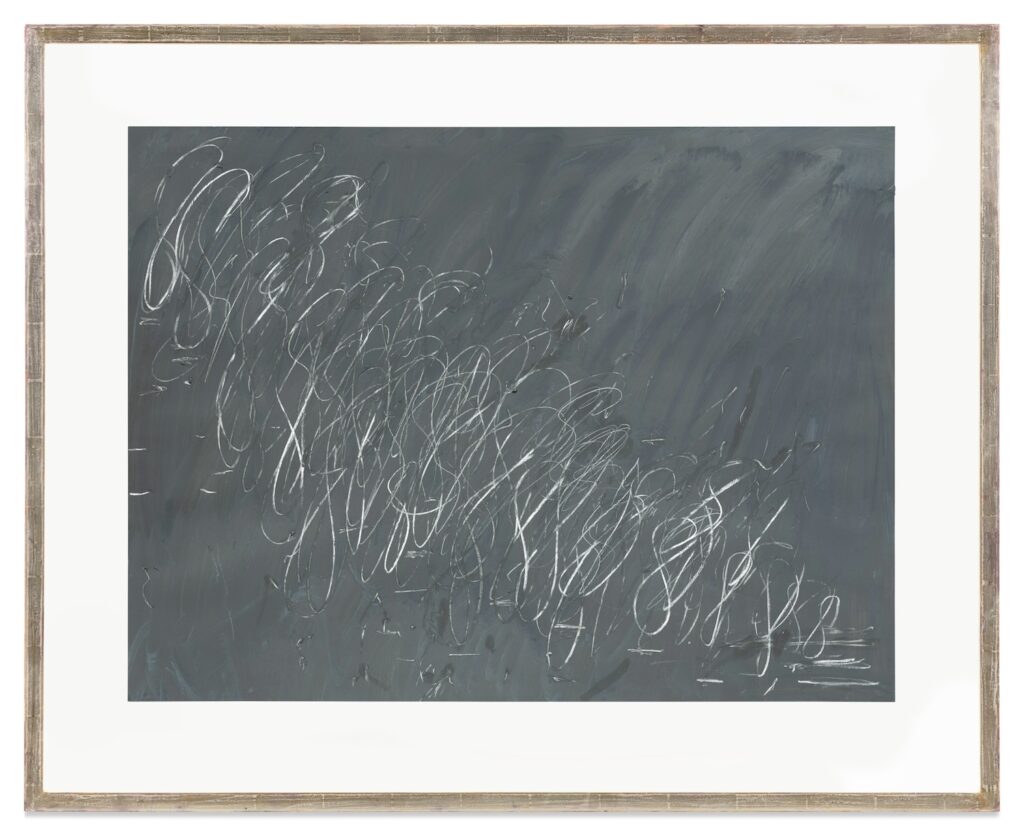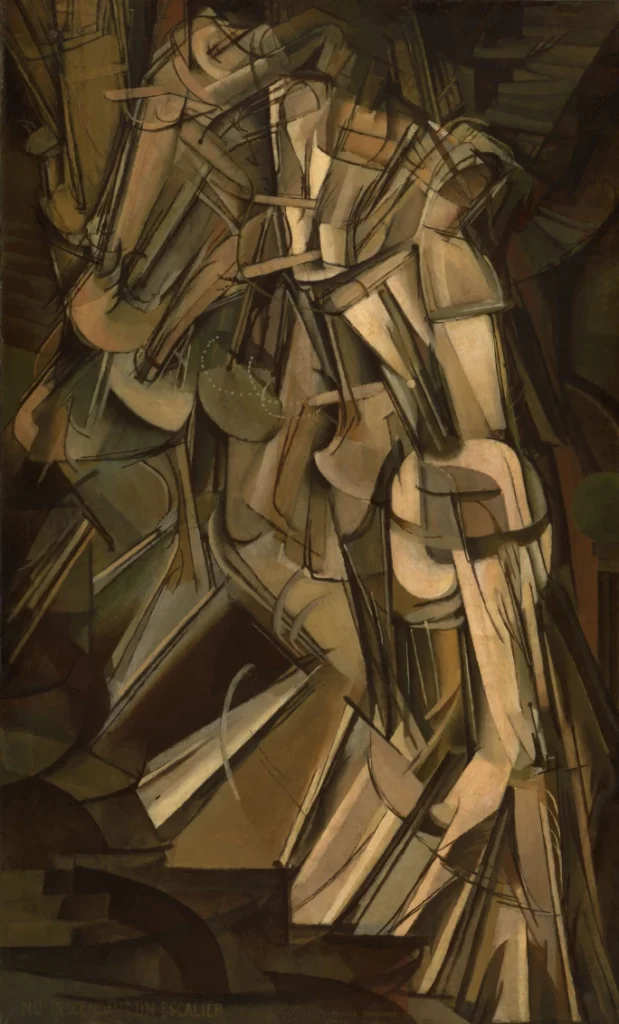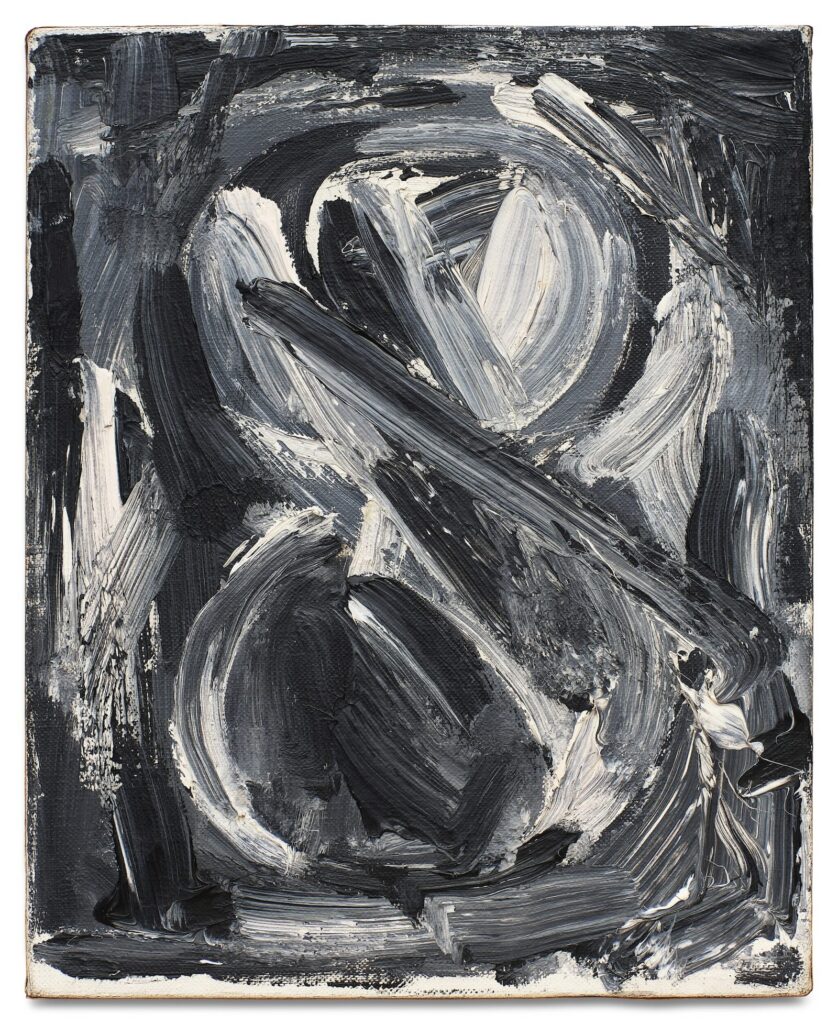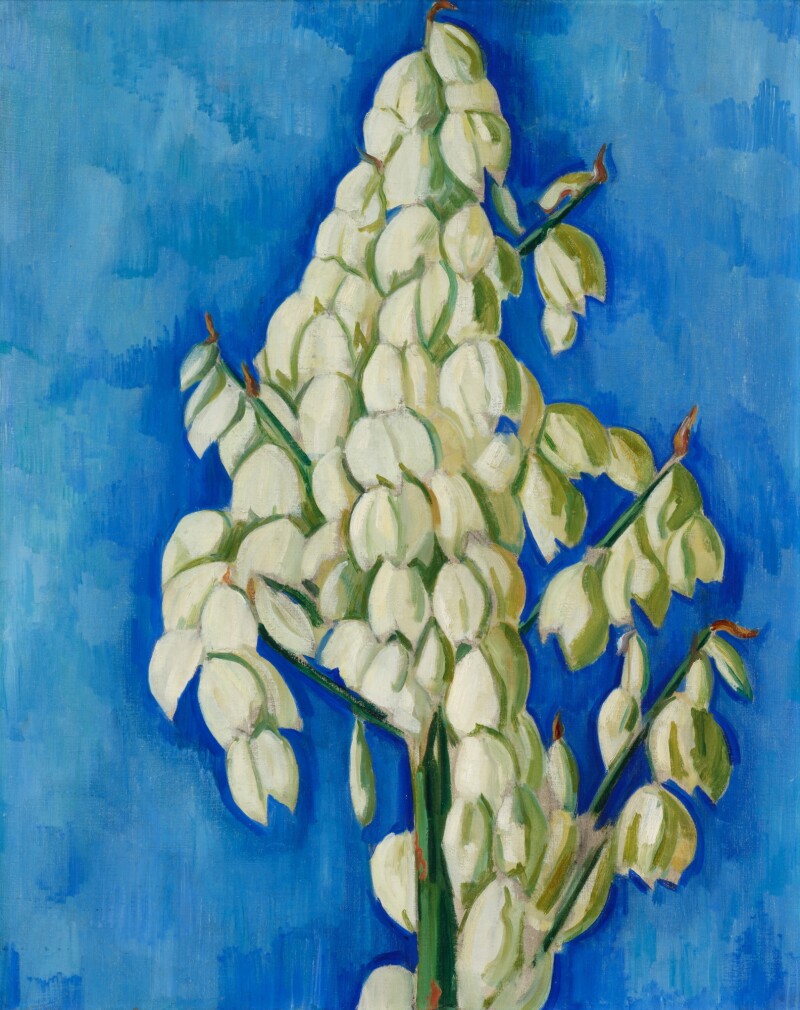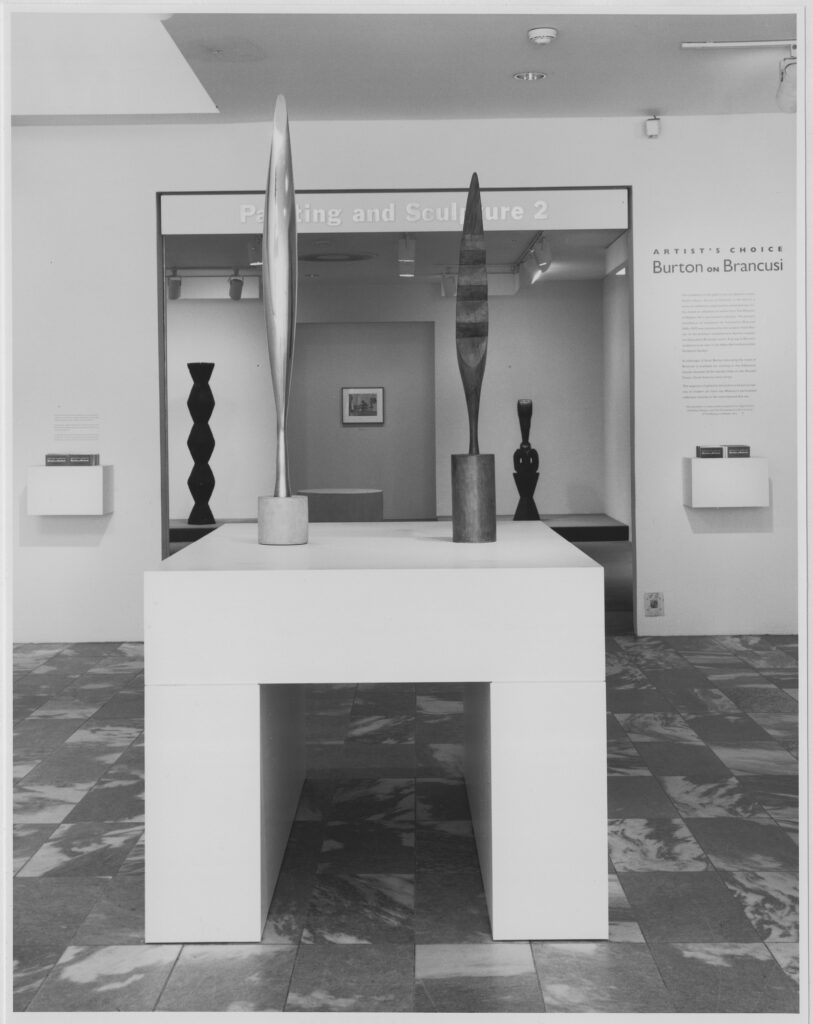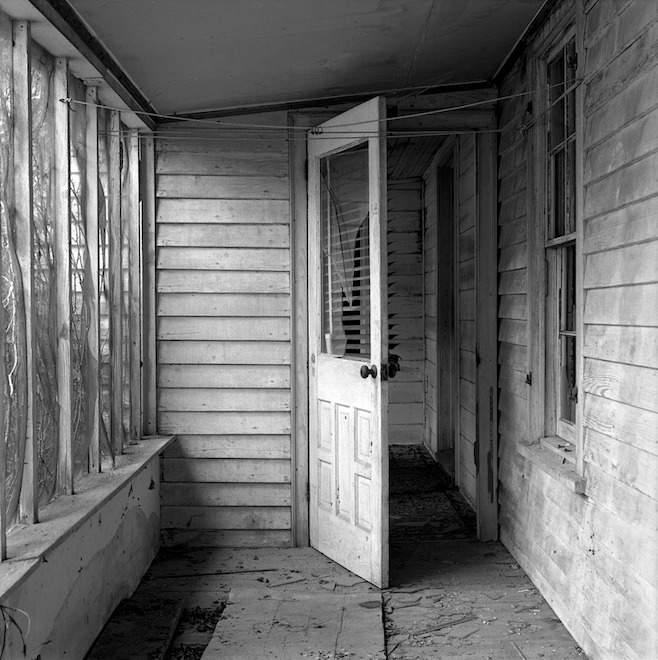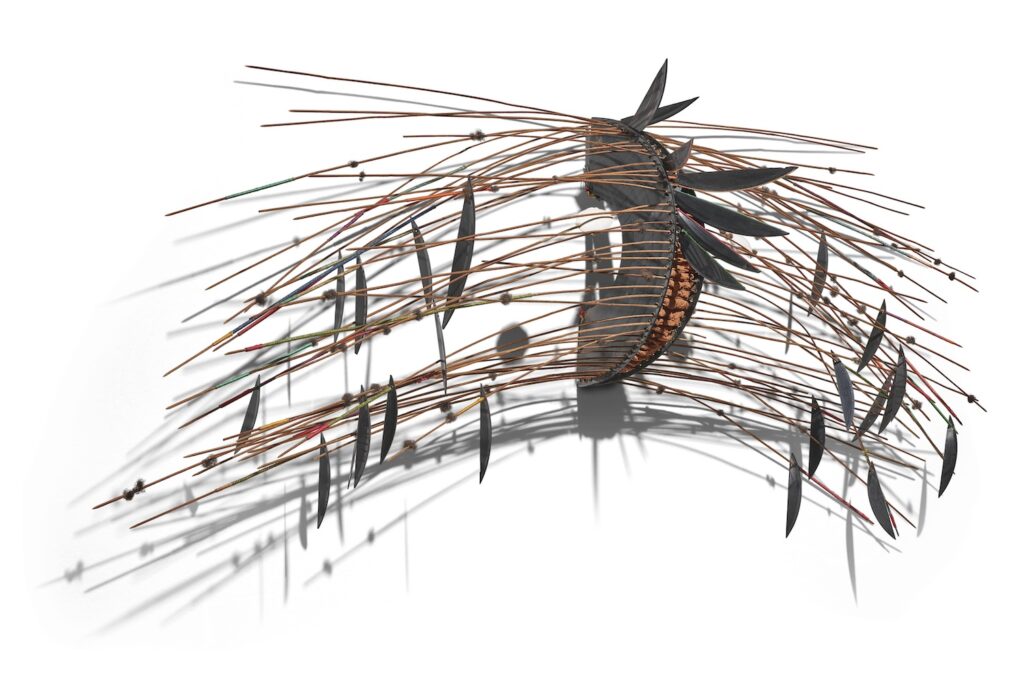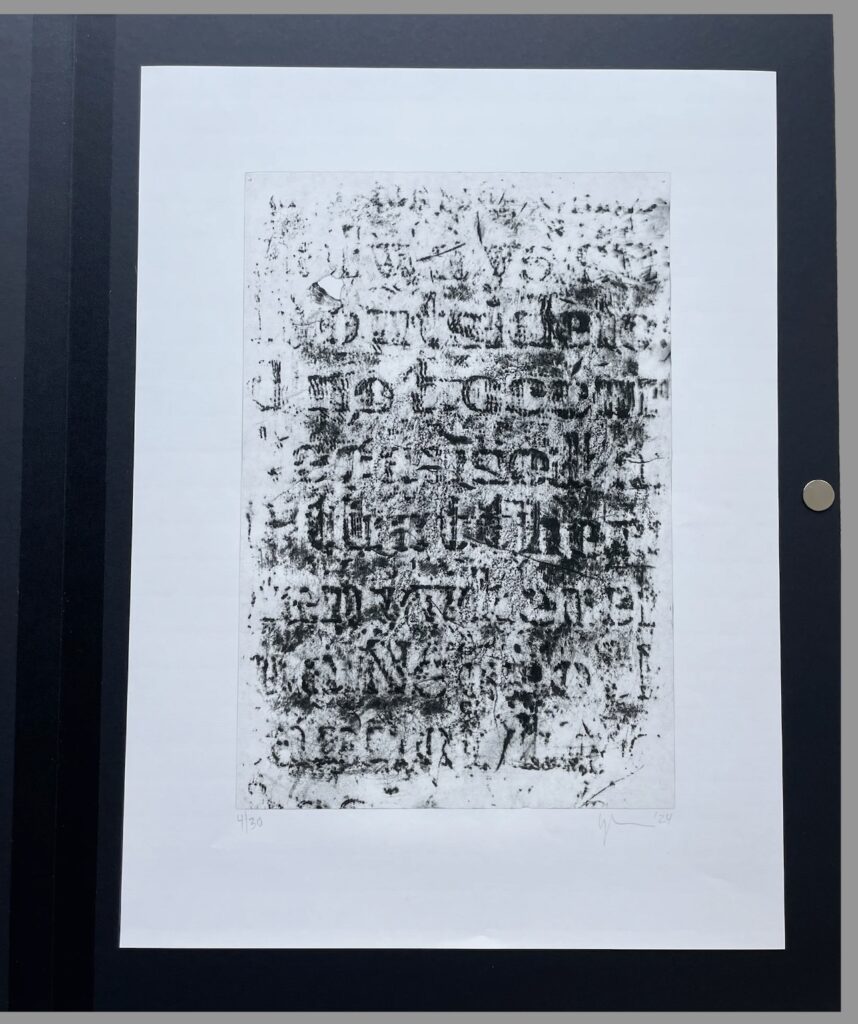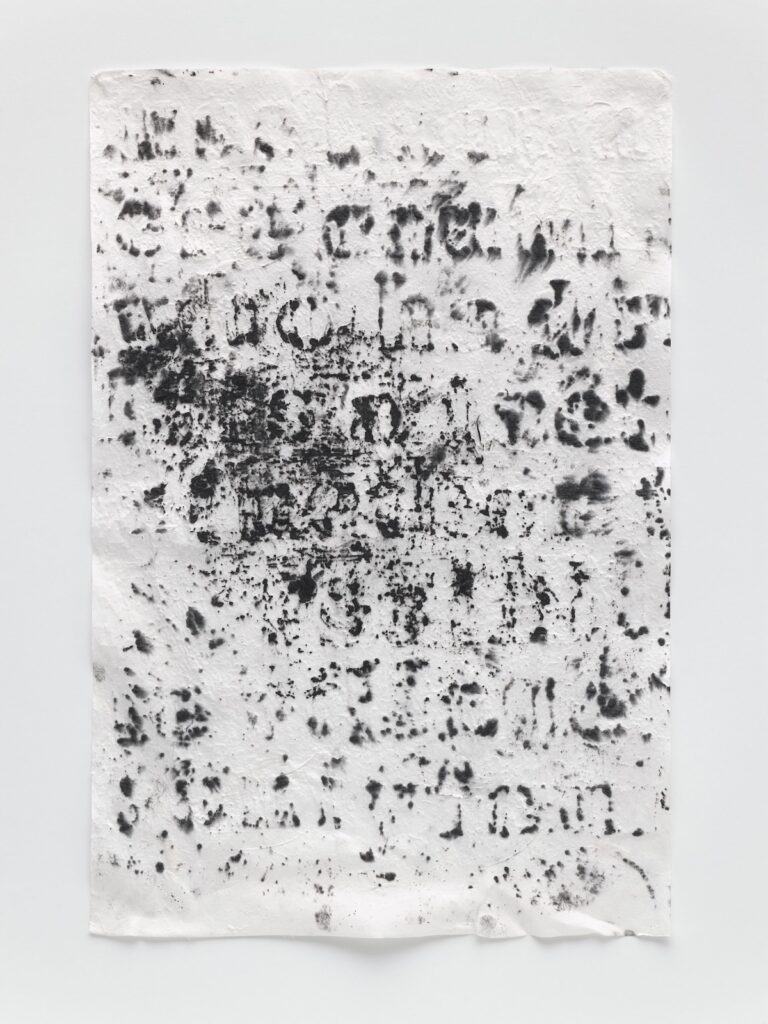John Perreault recounted the story in his 2005 review of Mike Bidlo’s Erased de Kooning Drawings show, but I think he got it from Robert Rosenblum’s catalogue essay, who got it from Bidlo himself: that Clyfford Still once submitted a blank canvas to a museum group show out of spite, and then Bidlo did it out of homage. Here is how Bidlo explained it to Rosenblum in 2003, in Artforum:
RR: And didn’t you also do some kind of performance/installation piece about a mythical Clyfford Still?
MB: Oh yeah, that was the show curated by Alan Jones. The piece was based on the time Clyfford Still was asked to take part in a museum exhibition of regional work from California. Still claimed he didn’t want to compete with other artists, so he suggested that his contribution be a six-by-ten-foot unprimed canvas. I found this story in the Metropolitan Museum’s Clyfford Still catalogue. The idea of the blank canvas fascinated me. So many other artists have used blank canvases to make aesthetic statements, but Still’s gesture seemed to be the most nihilistic, a true act of anti-art. When we installed the piece in the Philippe Briet Gallery in SoHo, I included the text from the catalogue in a frame next to the painting.
I couldn’t find the Met’s Still catalogue, but Rosenblum did, and said the show was a group show of large-scale drawing at the California Palace of the Legion of Honor, in 1949, and that Still sent a, “6-by-10-foot canvas blank as the fabric comes from the factory.”
But there is an earlier source for that quote, and it sounds like neither Bidlo nor Rosenblum knew of it, because it did not exactly go down that way.
It’s a letter Still wrote to Mark Rothko, a transcription of which is in the library of the Still Museum in Denver. [pdf] The letter is from December 1949, and includes a reference to “two days ago.” But there is also a “postcript” in which Still mentions repeating the tale “years later.” So did the show happen in 1950, or sometime closer to his arrival at the California School of Fine Arts in 1946?
Most of the story is Still mocking his colleagues’ efforts to supply a large drawing to the show, while refusing the invitation himself. Still didn’t show a blank canvas; he only threatened to:
Two days ago after a very sumptuous dinner at the Curator’s, the issue was revived. “All the show needs is a drawing by you, Clyff. That will really put it over. How about it, Clyff. Just a nice big drawing.”
“O.K. I’II give you a picture. After alI, this show to an artist of integrity can only be a gesture. Since it is made for a museum program, I will give you my gesture, my respect for the public art gallery working in these terms. I will give you my contempt for the whole business: a 6 x 10 foot canvas blank as the fabric comes from the factory.”
The matter was not mentioned again.
I don’t quite get how the postscript timing works—
Postscript: I told the story years later to Ed Cahill in New York City. He said, “I would have taken you up on that and hung your canvas.” I repIied, “I know you would have, Ed. That is why I wouldn’t have made even that offer to you.”
—but there are letters in the Still Archives from 1954 where Still refuses Cahill and Dorothy Miller’s group show invites more graciously.
For his part, Bidlo was happy to contribute to a group show, which was titled, improbably “Clyfford Still: A Dialogue.” It was organized in October 1990, and Roberta Smith described Bidlo’s massive blank canvas as, “mostly as an accessory to a story of Still’s megalomania told in an accompanying wall label.” The fate of Bidlo’s Not Still is unknown to me at present.

